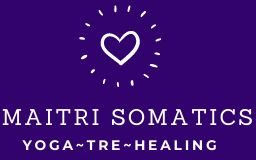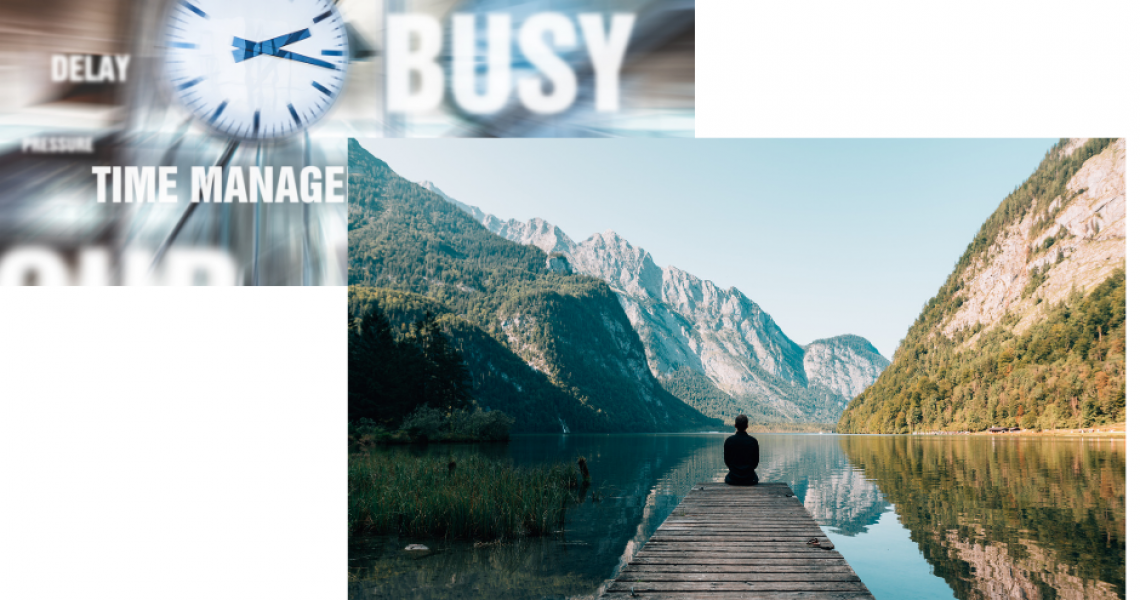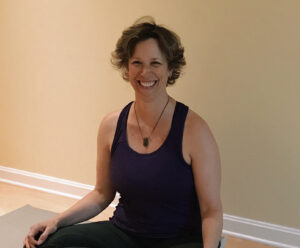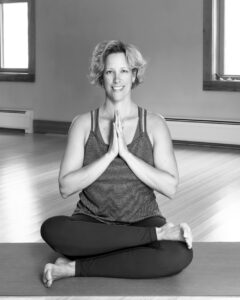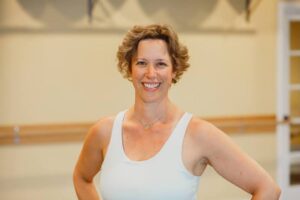Did you know that pain is part of your inner alarm system?
You might know this as the fight/flight/freeze responses. Your body’s naturally intelligent and powerful defense system. Supporting life. Your life! And like any system, it can get “wonky” sometimes.
Nervous system literacy* is integral to the work that I do, and has been essential to my ability to heal when my system gets “wonky.” Polyvagal Theory (poly=many; vagal=wandering, referring to your vagus nerve) is a nuerophysiological (brain/body) model that has helped myself, and countless others, develop the awareness and the self compassion that empowers us to take good care of ourselves, systems included!
How do I know if my system is “wonky”?
Symptoms of all varieties. For me it’s the chronic pain flare up; anxiety; depression; sound/smell/light sensitivity and digestive discomfort. Others might experience tinnitus; food sensitivities; fatigue; sleep disturbances; migraines; and some chronic conditions like fibromyalgia; OCD; and autism spectrum are health conditions associated with vagus nerve dysregulation and/or dysfunction.
Go from “wonky” to settle in your system with one or more of these practices:
- Visamavritti (Sanskrit for “uneven breath”). This is the same exercise I offered here with the shorter inhale, and longer exhale. Count your inhale and double the length of your exhale. For example, if you inhale for three (3) counts, try to stretch your exhale to a six (6) count. Gentle effort. It may take several rounds of breath to get there. Keep your breath smooth and soft.
- Grounding. This is about noticing solid, steady, supportive sensations in your body. Try this anywhere your feet touch the ground (barefoot can be better for sensing); sitting; standing; lying down with your feet flat on the floor and knees bent. Bring your attention to the bottoms of your feet. Notice where your feet meet the ground and invite your curious, gentle attention to look for sensation. Is there a temperature? Does the ground surface feel smooth or lumpy? Do your feet feel heavy or light on the ground? If you can’t feel your feet, you could use your hands or any part of you…your seat in a chair, the support along your back or front body lying on the floor, or even better, the actual ground!
- Orienting. From wherever you are, begin to gently turn your head to one side, casting your gaze on your surroundings. Notice floor to ceiling. Take in all the colors and sites. Notice windows and doors. Notice the quality of light. Be sure to allow your spine and pelvis to turn a little with you as you look over your shoulder and see what’s behind you. Repeat to the other side.
Notice if you sense a settling in your body.
A sigh, a swallow, a yawn are all signs the your body is settling and your vagus nerve is responding. Maybe you are a little more calm, or your thoughts slow. Maybe you sense relaxation, releasing, or an expanding sense. If you are in pain, did the pain dial down a few notches?
In the beginning you may not notice much, remember you are learning a new skill. Practice for short amounts of time (30 seconds -5 minutes; orienting will be shorter, but if you have more time try sky gazing). If any of the practices have an unsettling effect, let this go for now. Work with what’s good for you.
I suggest working with these practices daily. Once you are feeling comfortable doing them once a day, then start adding in more, working up to several times each day. Experiment and see what’s good for you. I’d love to hear what you noticed and as always fee free to reach out if you have any questions!
I teach all about Nervous System Literacy and guide you in identifying what’s good for you in this workshop series, and this one, as well as in private sessions.
May you be happy, healthy, & safe! May you live your life in peace and ease.
*(shout out to my colleague and friend Christa Bevan from The Radical Mother Village who coined the term Nervous System Literacy https://christagowen.com)
| Remember: this post is for informational purposes only and may not be the best fit for you and your personal situation. It shall not be construed as medical advice. The information and education provided here is not intended or implied to supplement or replace professional medical treatment, advice, and/or diagnosis. Always check with your own physician or medical professional before trying or implementing any information read here. |

